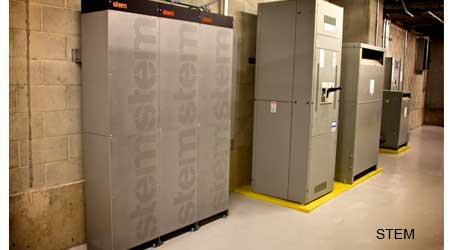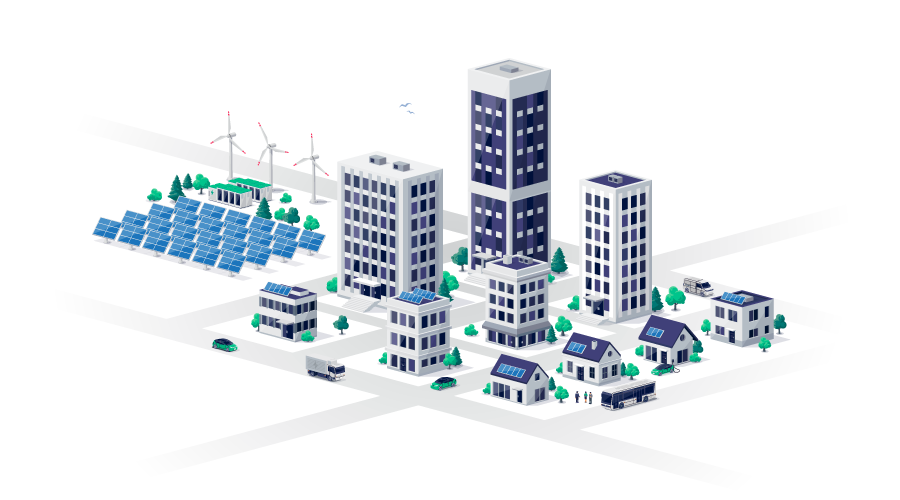Energy Storage Applications
Second part of a 3-part article describing battery-storage technologies, how and why they’re used, and the solar option
The primary use for energy storage in commercial applications is peak load shaving. Demand charges in some markets have risen dramatically in a short span of time. “In certain locations, like San Diego, the rate structure changed recently, so the demand charges increased by over 20 percent year over year over the last few years,” says Hammell.
Battery storage systems are economically viable in regions where there is a sufficiently high utility demand charge on the commercial tariffs, says Carl Mansfield, general manager and co-founder of Sharp’s energy storage division. “Right now, California is ground zero,” he says. Hawaii, New York, and New Jersey are the states with demand charges significant enough to drive deployment of batteries. Other states such as Ohio and Colorado are close behind, with the industry expecting that demand charges will only go up nationwide.
Narrow peaks in energy demand at a facility set demand charges, and a 15-minute window sets the rate for the rest of the month, even if that peak is never hit again. Battery systems, specifically lithium ion, are particularly suited to shaving that peak by feeding their energy to the facility on a just-in-time basis. In addition to bringing down the peak demand charge, battery systems are typically charged late at night, when grid energy is usually least expensive, and deployed when grid energy is usually most expensive.
For that strategy to work, however, the battery system has to be able to monitor the facility’s energy use and anticipate when a peak will be set. In addition to lithium ion cell costs coming down, the other salient factor in the viability of the solution is the development of complex (and proprietary) algorithms and control mechanisms that use historical energy use data at a facility and are also self-learning.
One adopter of this technology, the Lafayette Park Hotel & Spa in the San Francisco Bay Area, installed an “intelligent energy storage system,” as it is called by the manufacturer, this past spring to help address the high peaks set by summer cooling demand as well as banquet-driven kitchen energy use. Nick Bozych, vice president of Woodside Hotels and general manager of the Lafayette Park Hotel & Spa, says that so far the demand portion of the hotel’s bill is down by around 20 percent of total demand charges, which is around 10 percent off his total bill. “It was an easy way to lower the operational costs for the hotel,” he says, adding that it requires no change of operations.
Related Topics:














